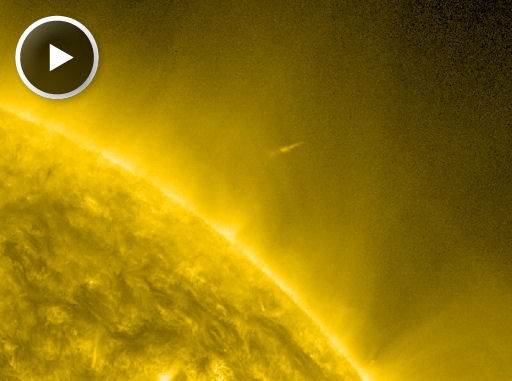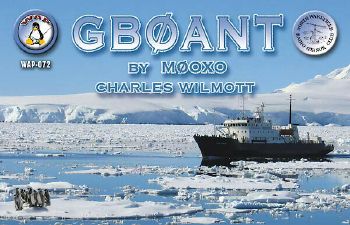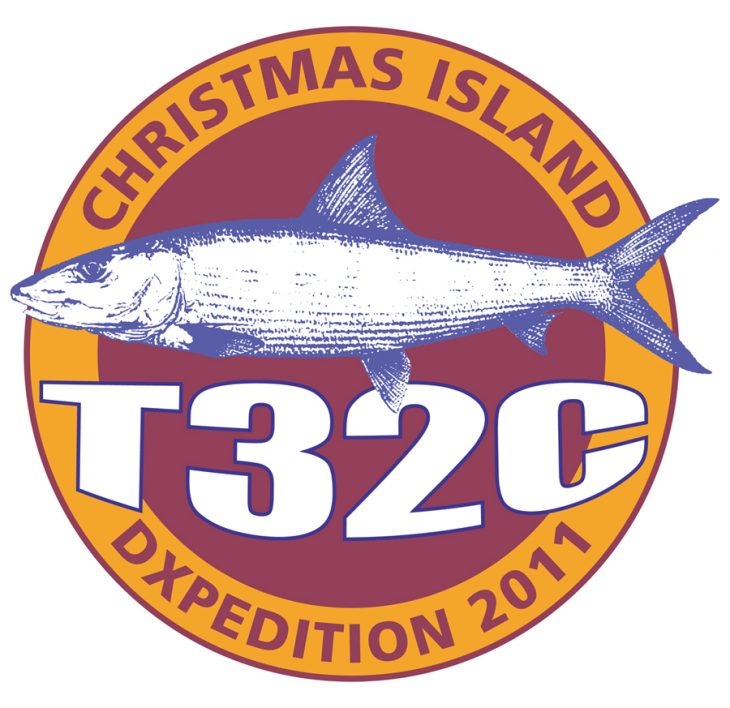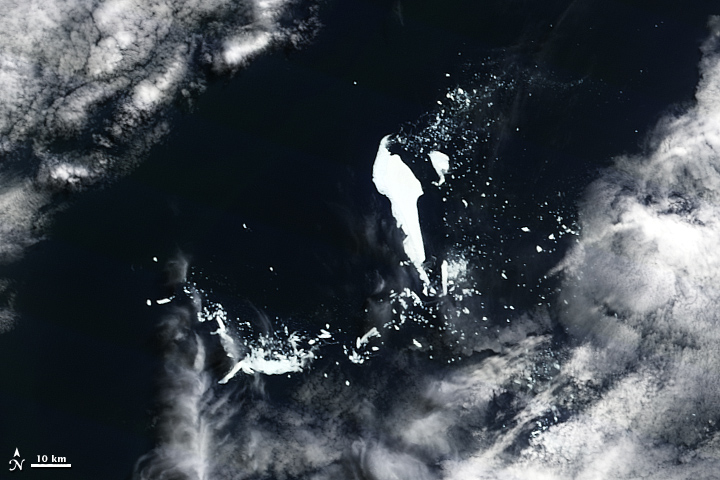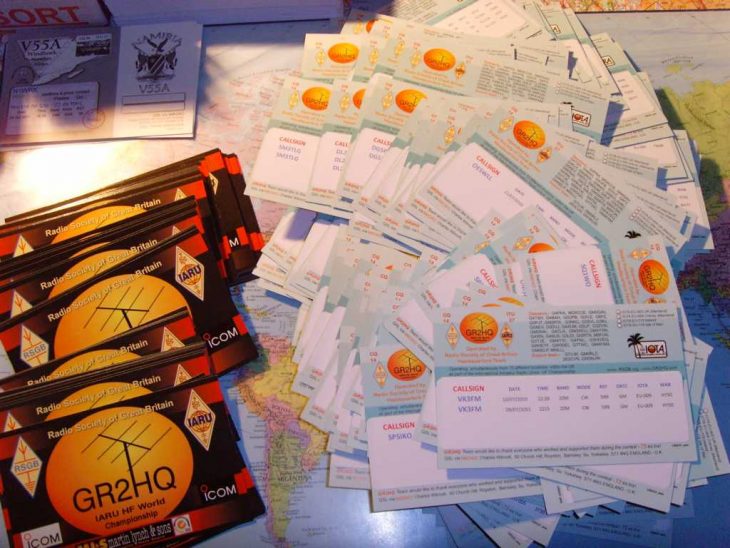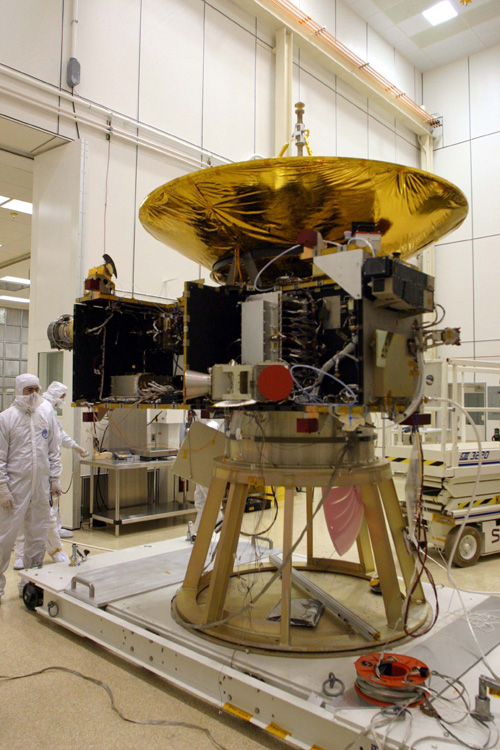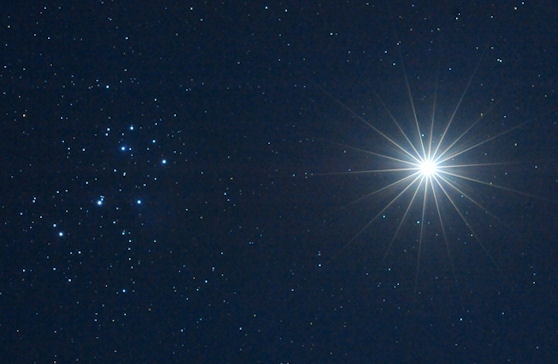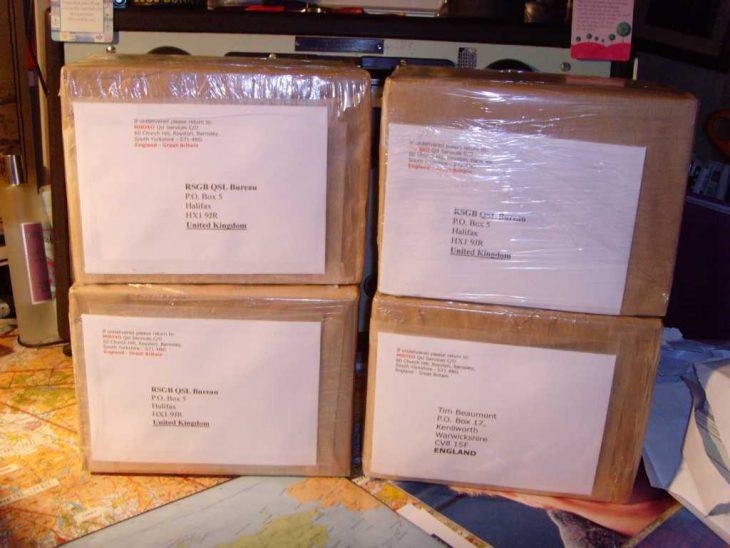Other records that we broke included the band records for 30m,15m and 12m and those for CW (102,216), SSB (88,416) and RTTY (19,225). Another record was with North America (109,327).
6 METRES
Just a word about our 6m operation. Not only did the container fail to arrive, but Kazu JA1RJU, our 6m guru, had to cancel his participation at the last minute for health reasons (as we reported in a previous bulletin). It was left to team members Michael DG1MGZ, Mike G3WPH and Bob MD0CCE to learn “on the job”. Not only did they manage seven EME QSOs in two continents (it would have been more, but the 6m linear developed a fault), but they also managed 103 terrestrial QSOs, including some quite long-haul ones into the USA and South America (possibly due to some early 6m F2 propagation?).
THE CONTAINER
We are regularly asked what happened to the shipping container with its six tonnes of gear. The good news is that, while we were let down by local agents and shippers in the Pacific area, there is no problem with shipping on the main routes, and it is currently on its way back to the UK, scheduled to arrive in late January.
QSLing
Full details of how to request a “traditional” QSL appear on our website, so are not repeated here. You can send a direct or bureau card, or make an online request. The card design has been finalised and we plan to start mailing cards in January after the Christmas postal rush.
As for Logbook of the World, we promised an upload within six months and, in practice, it will be very much earlier. We wanted to upload as clean a log as possible and have made some 500+ editorial changes to the log as a result of feedback from the log uploads to Club Log and notes received from many of the Deserving. But we are very conscious that many of you want to do a DXCC update before year-end. Therefore, LoTW permitting, we plan to start the upload on 15 December 2011, just over six frenetic weeks after our return from T32C. Uploading 213k QSOs is a huge task and we don’t necessarily expect it to go smoothly first time (D68C, 3B9C and 3B7C all experienced problems), so the upload may take several days to complete.
We have a team of 10 QSL managers ready to start processing the T32C cards and we estimate that we will eventually confirm around 140,000 QSOs.
StarQSL, our internet-based QSLing system, has been enhanced recently by its author John G3WGV. Major developments include a new batch import facility to work directly with Club Log’s OQRS, incorporating an address label printing facility. We will be printing direct to QSL cards this time. Various improved ergonomics have also been introduced to help speed up the QSLing programme.
Just a word too about QSLing our earlier DXpeditions, as T32C has prompted renewed interest in getting missing cards from those trips. The following have taken over QSLing responsibilities for our 3B7C and 3B9C DXpeditions:
|
3B7C QSLs should now be sent to:
Jim Steel M0ZAK
6 Central Avenue
Shepshed
Leics LE12 9HP
United Kingdom
|
3B9C QSLs should now be sent to:
Derek Moffatt G3RAU
Mill House
Middle Street
Glentworth, Gainsborough
Lincs DN21 5BZ
United Kingdom
|
Email addresses for both Jim M0ZAK and Derek G3RAU are shown on QRZ.com
PRESENTATIONS, ARTICLES
An early DXpedition write up has already appeared in the WIA (Australia) journal and one is in preparation for Brazil (in Portuguese, tnx PY2WAS). The RSGB’s RadCom will carry a four-page article in the January issue and the latest edition of the CDXC (Chiltern DX Club, the UK DX Foundation) Digest is very much a “T32C Special”. We have also accepted invitations to present at Dayton and Visalia and at next year’s RSGB Convention as well as at the LADX (Norway) and ARI (Italian) events. We expect to feature on the programme at Friedrichshafen and other national and local clubs over the next 12 months.
DVD, etc.
A DVD is currently in preparation and orders can be placed via the website. We expect it to start shipping in January – there is 25 hours of material to be edited down! The DVD will also include the 3B7C story.
THANKS
Once again, we want to offer our thanks to every individual and organisation who have supported our efforts to put Christmas Island on the air in a big way. We have acknowledged all sponsors on our website. By the completion of the project and thanks to our sponsors (corporate, club and individual), donations through OQRS and with QSL cards, and taking into account projected sales of some of our equipment, we expect to just about break-even.
We must, though, finally add our thanks to the staff of the Captain Cook Hotel and, indeed, to all those local residents we met on the island. It’s a great place, with good fishing and a friendly welcome from all.
And to all our fellow amateurs, a Happy Christmas from those of us who encountered ‘Christmas’ early this year!
Don G3XTT
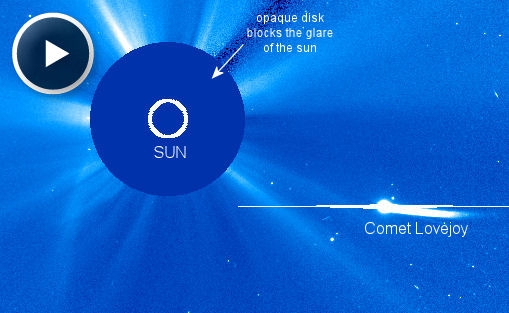 back and forth off great magnetic loops known to permeate the sun’s atmosphere. No one knows.
back and forth off great magnetic loops known to permeate the sun’s atmosphere. No one knows.
